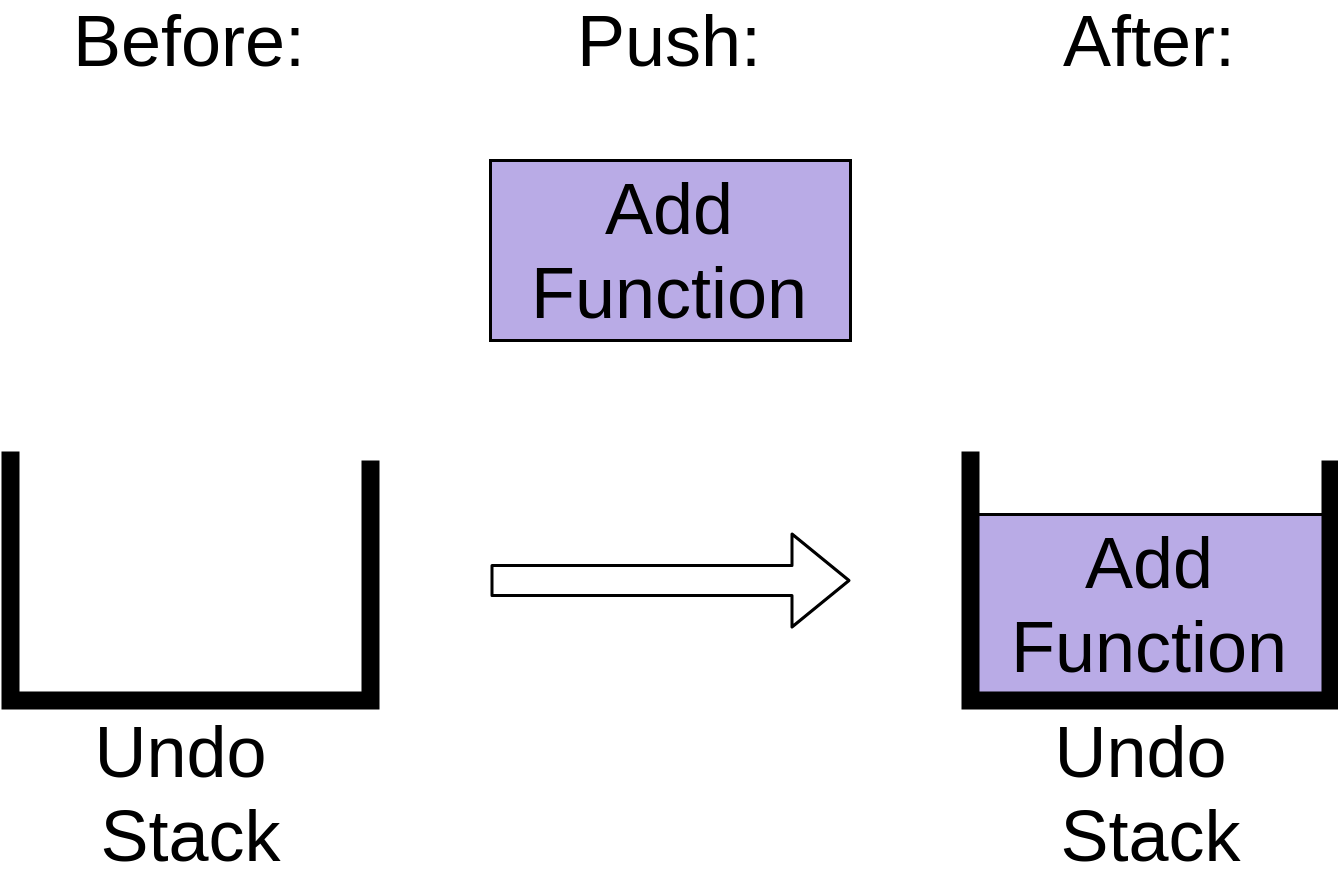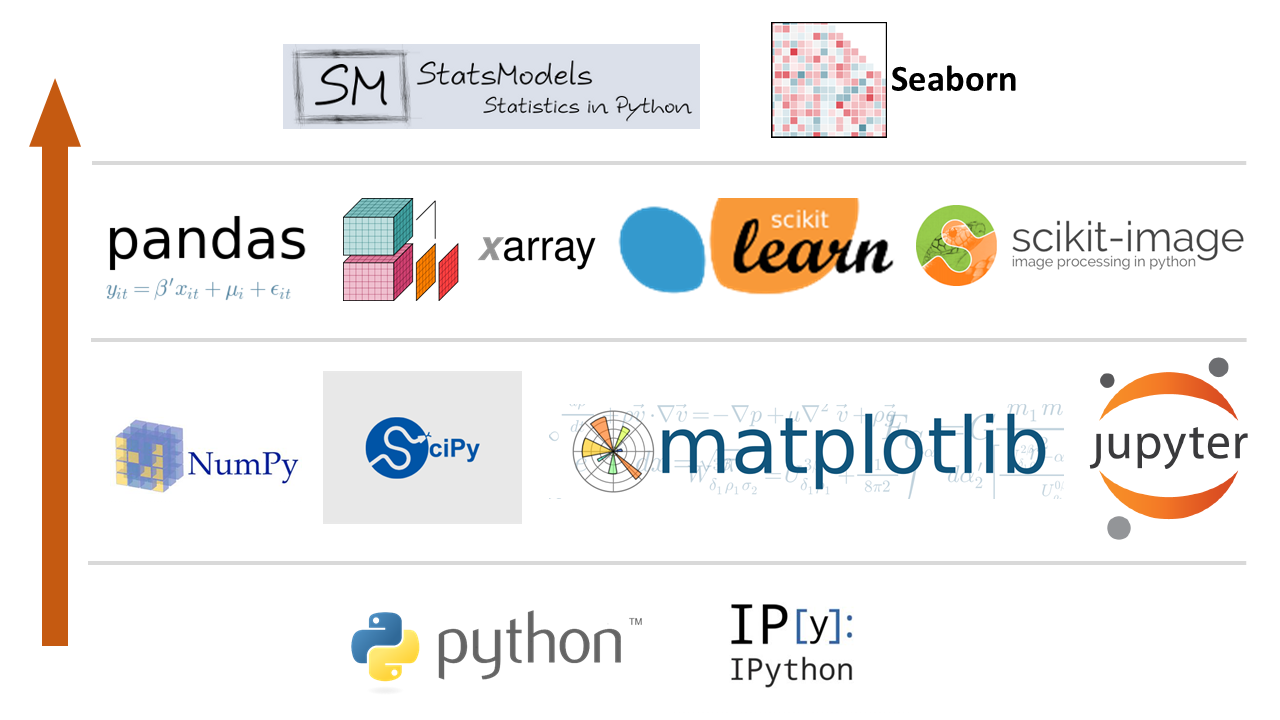
We will need operations to enqueue data items at the end of the queue, and dequeue items from the front. Whereas stacks are “last in, first out,” queues are the opposite - “first in, first out.” Like stacks, queues allow for the ordering of objects while following a certain set of rules. Nobody can cut in front of you, and you are guaranteed to get out from the front of the line (dequeue) before anybody behind you. When you get in line (or enqueue) for an amusement park ride, you have your spot in line. Click on a brick to push it onto the stack in the correct order. Here is a visualization of a stack of numbered bricks, written by Dartmouth student Daniel Shanker. We say that the stack is “last in, first out” for this reason. In order to access the bottom plate of a stack of heavy plates, you might first have to take off all of the plates above it one by one, starting from the top. When you take an object off of the stack, it’s taken off the top of the stack. When you add an object to the stack, it’s added to the top of the stack. StacksĪ stack data structure models a familiar way of organizing objects in the physical world: stacked objects. We’ll look at stacks, queues, and dictionaries. Sometimes data structures are used to organize important data (for example, a collection of names and associated phone numbers), and sometimes data structures are used for book-keeping as an algorithm runs. If you were solving a Sudoku puzzle, you would mark down some possible numbers in each cell.Ī data structure allows information to be organized and stored. For example, if you had to find a path through a picture of a maze, you might use your pencil to draw some paths as you worked out the problem. The caveat is that the file must be in a bucket in S3 and must be accessible to the script from where it’s running.Sometimes when you solve a problem, it’s helpful to take some notes as you go: book-keeeping.

Using that, we should be able to get away with just supplying the url and skip having to read and parse the file in. Lastly, there’s also the option of specifying a url via TemplateURL. Which is why we must read in the file, parse it and then use it in the create_stack() function call. # : An error occurred (ValidationError) when calling the CreateStack operation: Template format error: unsupported structure. Unfortunately, if we try that, the following error is thrown: Moreover, if you’re used to working with the AWS cli, you might assume that we can simply stick the location of the file in a variable, prepend the variable with file:// and have it work. # Invalid type for parameter TemplateBody, value: So if you miss that step, you might see something like this: Not converting the YAML string into JSON causes Boto3 to throw an error.

Lastly, pass that entire variable as the TemplateBody in the create_stack function.Īnd that’s it! You should be good to go after that.Now convert that string into JSON using json.dumps().



 0 kommentar(er)
0 kommentar(er)
